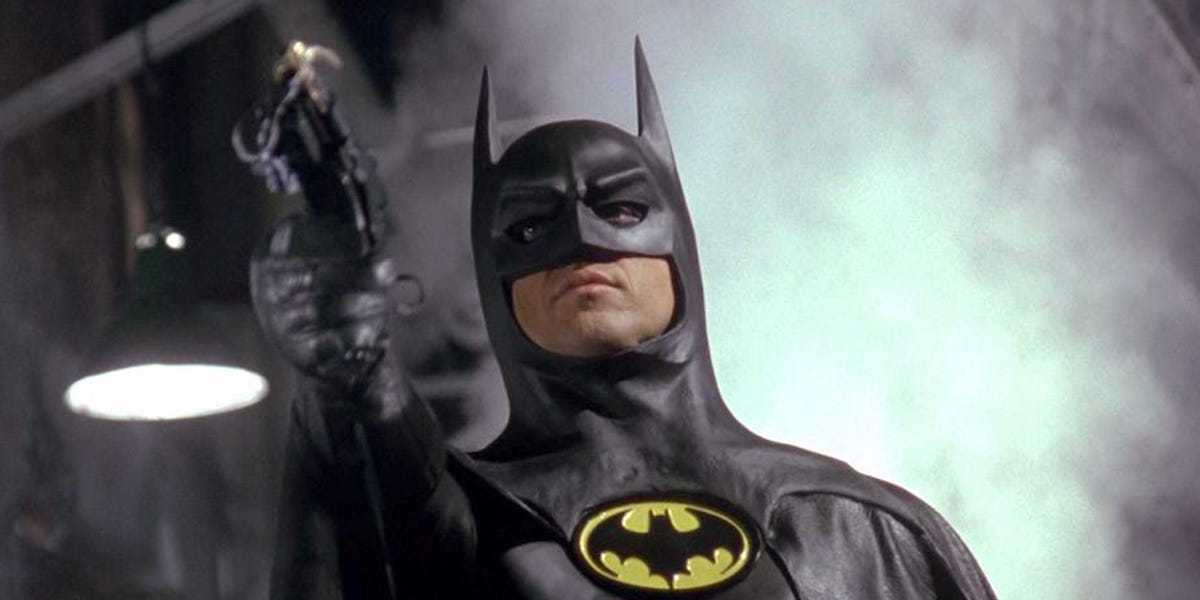Not long ago, we compared past mistakes and failures to scrambled eggs, reminding you that what’s done can’t be undone — so you need to forget the past and focus on the future. To ensure you don’t get bored with what  we’re serving up in Angel in the Kitchen, we’ve decided to move on to a totally new topic offering fresh insights. We’re done with scrambled eggs. Today, we discuss omelets! How’s that for being different? (Hey, our humor can be eggs-quisitely painful.)
we’re serving up in Angel in the Kitchen, we’ve decided to move on to a totally new topic offering fresh insights. We’re done with scrambled eggs. Today, we discuss omelets! How’s that for being different? (Hey, our humor can be eggs-quisitely painful.)
What can the omelet teach us? Before we dish out that info, let’s first learn some cool facts about eggs. (Trust us, we’re not stalling. This will all tie in later.)
Eggs are a very versatile food: they can be boiled, poached, pickled, fried, scrambled, deviled, made into omelets, blended into shakes, or added to cakes, pies, puddings and soufflés. And if you’re Rocky Balboa, you can crack six of them into a tumbler and drink ’em down raw before you go out to jog the streets of Philly. (Yo, Adrian, I did it!)
There are many types of eggs used in recipes, the most popular being hen eggs. There are around eight varieties of hen eggs. Other types include quail eggs, ostrich eggs, emu eggs, duck eggs, and Guinea Fowl eggs. There are different colors, too. Hen eggs can be white, speckled, or range from buff to light golden brown to a dark reddish brown. There’s even a green-tinted egg, the Ameraucana. Eggs also come in different sizes. An average size Ostrich egg is about 13 centimeters or 6 inches and weighs roughly 3 pounds. One of these babies is equal to 12 extra large hen eggs, so you could feed breakfast to a family of four using a single egg. Of course, Ostrich eggs may be hazardous to your health; ostrich es are good parents, and they can run over 40 mph! Oh, and they have really big feet to stomp you with!
es are good parents, and they can run over 40 mph! Oh, and they have really big feet to stomp you with!
The smallest bird egg comes from the bee hummingbird, and averages about a quarter-inch. Not much food in these, but come on, who wants to deprive the world of another cute little hummingbird?
For the purpose of making a point, we’ll stick to hen eggs in the preparation of our omelet today. Interestingly, despite the difference in the color of their shells, which do nothing more than indicate the type of hen they came from, all hen eggs are pretty much the same. Inside, their yolks are yellow and they have the same nutrional value. Lots of info, but what’s our point? A very simple one, which we hope to reinforce by sharing all these cool facts. Namely, people are like eggs. We come in all sizes and colors. We come from different ethnic groups and nationalities, just as cooking eggs come from many different types of fowl. Yet we are all equal.
And what’s really amazing about eggs AND people? If you have a mind to — we repeat — if you have a mind to, you can blend the many differing types and colors into a single delicious “omelet.” Once you do, you won’t be able to distinguish which eggs were used. Looks like an omelet. Tastes like an omelet. Hey, it is an omelet!
God desires all of humankind to blend together in the same way. We’re all the same inside, so why can’t we join together? We may have slightly different flavors (strengths, gifts, abilities, backgrounds and experiences),  but those differing flavors can blend together beautifully in an omelet (family or church, organization or community). Throw in some Holy Spirit seasoning, and we’ll have one incredibly palatable world.
but those differing flavors can blend together beautifully in an omelet (family or church, organization or community). Throw in some Holy Spirit seasoning, and we’ll have one incredibly palatable world.
“There is neither Jew nor Gentile, neither slave nor free, nor is there male and female, for you are all one in Christ Jesus.” (Galatians 3:28 NIV)


 When director Tim Burton announced that the comedic actor
When director Tim Burton announced that the comedic actor 